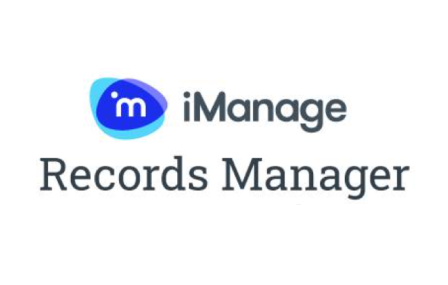3 Tips for Setting Records Retention Rules in IRM

Retention rules tell you how long you need to keep your business documents or records per your organization’s policies or laws within your industry. Maybe you have some files that you need to save for seven years and others you need to keep for 60 years or longer.
You can set retention rules in the iManage Records Manager software, so you can determine when it is time to destroy old records. The three tips below will help you be successful in setting records retention records rules in IRM for your business.
1. Gather Your Retention Policy Documentation: Start by gathering your organization’s documents that outline retention policies. If you don’t have this documentation, you need to get in contact with someone on the executive level and find out what they are using or if you need to create them yourself.
2. Review Your Retention Policy Documentation: Review that documentation that you have been given or have created. Identify what types of records are listed and their retention periods. Then look at retention trigger dates. These tell you when the clock starts ticking. This may be the day that the matter or project closes, or the day or the project or matter starts. It is essential to understand when the clock starts ticking so you can assign the correct retention period.
3. Review Your File Plan: Look at how you are organizing your business documents and records today. This is typically called a file plan in IRM and is going to become the groupings you set. If you are in a law firm, this would be client matter files. If you are in construction, this is building project files. You want to look at how you are grouping your information and see if your retention will map nicely to your groupings or if there are some additional mapping that needs to happen to get everything set up.
The complexity of your organization’s file organization will determine how difficult it is to set up your records retention rules. When you are looking at your groupings, you also need to look at whether or not your paper files are grouped differently than your electronic documents or emails. If they are, it is not necessarily a bad thing, but you do want to keep things as simple as possible. When grouping your physical files by your client matter files, you may want to set up the same organization with your electronic documents and emails.
These are three things you want to look at before you even start to configure those retention rules in iManage Records Manager. It will make the process go much smoother once you get started. If you are in charge of setting records retention rules for your firm and have questions getting started, I would be happy to help. Schedule a 10-minute call with me.



